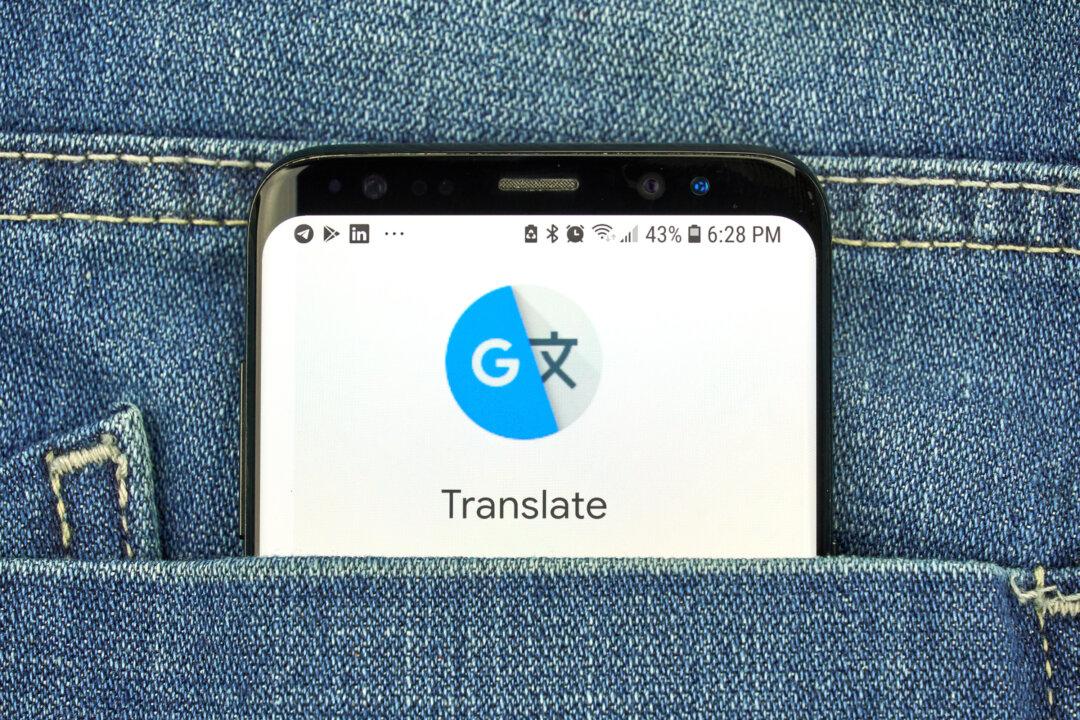By David Koo
From TravelPulse
Traveling to destinations where you don’t speak the local language can leave you lost in translation. Communicating in the local language helps advance cultural exchange and improves engagement with locals. Overcoming language barriers increases travelers’ ability to immerse themselves in the local culture.






